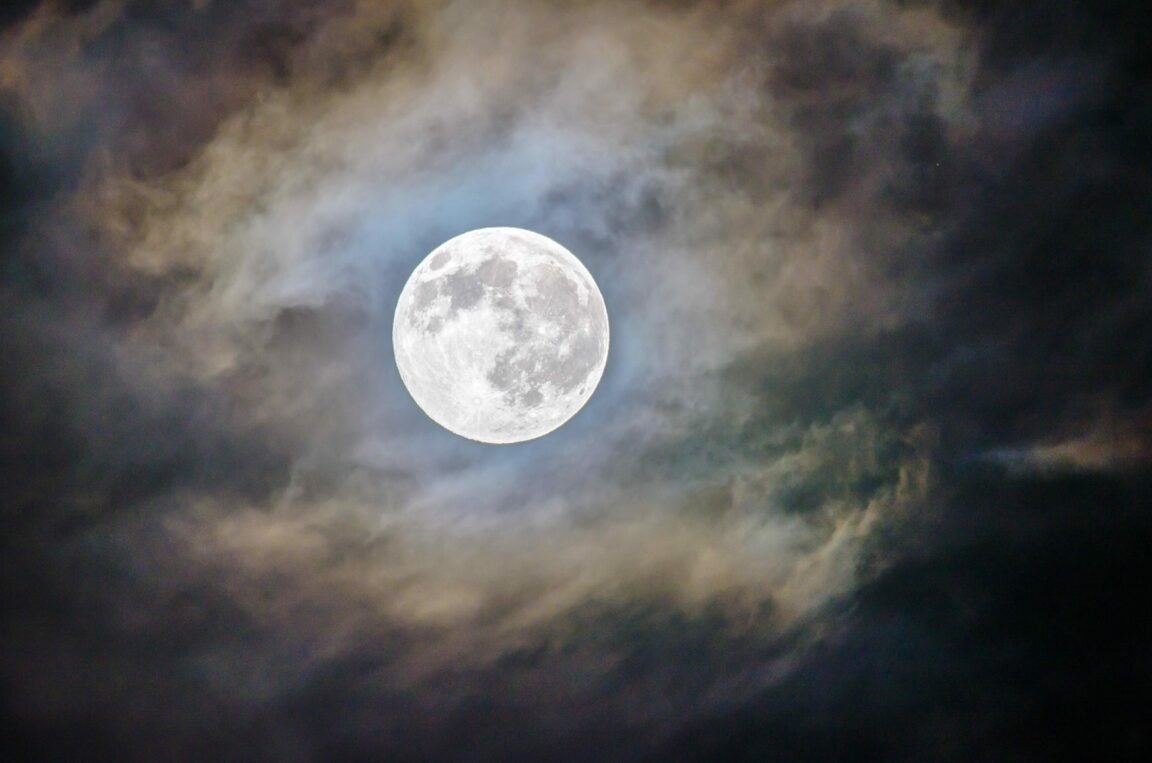Table of Contents
India has made history by becoming the first-ever nation to successfully land a spacecraft on the Moon’s South Polar Region. This remarkable achievement in lunar exploration marks a significant milestone for India and highlights the country’s advancements in science and technology.
In this article, we will delve into the details of India’s historic mission, explore the significance of this achievement, and examine the scientific and technological advancements made by the Indian Space Research Organisation (ISRO).
India’s historic mission to the Moon’s South Polar Region.
India’s historic mission to the Moon’s South Polar Region has been a momentous feat in the country’s space exploration endeavors. On September 6, 2019, the Indian Space Research Organisation (ISRO) successfully landed its lunar lander, Vikram, on the lunar surface.
The mission, known as Chandrayaan-2, aimed to study the unexplored South Polar Region of the Moon, which is believed to hold crucial information about the Moon’s history and evolution. The spacecraft carried several scientific instruments, including a lander and a rover, to conduct experiments and gather data.
Despite the unfortunate loss of communication with the lander during the final descent, India’s achievement in reaching the Moon’s South Polar Region is a remarkable milestone in its journey towards becoming a prominent player in the field of space exploration.
The significance of India’s achievement in lunar exploration.
The significance of India’s achievement in lunar exploration cannot be overstated. Being the first-ever nation to land a spacecraft on the Moon’s South Polar Region showcases India’s technological prowess and highlights its growing capabilities in space exploration.
This achievement not only puts India on the global map of space exploration but also solidifies its position as a major player in the field. The successful landing of Vikram on the lunar surface opens up new possibilities for future missions and collaborations, paving the way for further advancements in scientific research and exploration. Moreover, India’s achievement inspires and motivates other nations to push the boundaries of space exploration, fostering a spirit of innovation and curiosity across the globe.
Exploring the scientific and technological advancements of India’s lunar mission.
Exploring the scientific and technological advancements of India’s lunar mission unveils the remarkable achievements made by the Indian Space Research Organisation (ISRO). Chandrayaan-2 carried a suite of sophisticated scientific instruments that aimed to study the lunar surface, mineral composition, and the presence of water ice in the South Polar Region. The mission also showcased India’s expertise in navigation, communication, and precision landing technologies. Additionally, the successful development and deployment of the lander and rover demonstrated India’s capabilities in designing and building complex robotic systems for space exploration. The mission’s data and findings contribute to our understanding of the Moon’s geology, its origin, and its potential as a future resource for human exploration. India’s lunar mission serves as a testament to the nation’s dedication to scientific research and technological advancements.
India’s historic mission to the Moon’s South Polar Region has not only showcased the country’s scientific and technological advancements but has also brought international attention to the importance of lunar exploration. The data and findings gathered by India’s lunar mission contribute to the global scientific community’s understanding of the Moon’s composition, geology, and potential resources. Furthermore, this achievement has inspired and motivated other nations to invest in space exploration and collaborate with India in future missions. The successful landing of Vikram has sparked a renewed interest in lunar exploration and has opened up new possibilities for future scientific discoveries and potential human missions to the Moon. India’s achievement marks a significant milestone in the journey of space exploration and paves the way for future advancements in lunar research.
India’s historic mission to the Moon’s South Polar Region has not only marked a significant milestone in lunar exploration but has also showcased India’s scientific and technological capabilities. This achievement has inspired curiosity and collaboration, pushing the boundaries of space exploration and opening up new possibilities for scientific discoveries and future missions to the Moon. India’s success serves as a testament to the country’s commitment to innovation and its growing prominence in the global space community.




